Let's take the example of sign-extending a 16-bit signed number into a 32-bit register, such as mov $+/-5, %ax movswl %ax, %ebx.
There are two possible cases:
High bit is zero (number is positive). This is very easy to understand and intuitive. For example, if I have the number
5, left-padding with zeros is very easy to understand. For example:00000000 00000101 # 5 (represented in 16 bits) 00000000 00000000 00000000 00000101 # 5 (represented in 32 bits)However, the tricky thing for me to understand is when it's a negative number and we sign-extend. Example:
11111111 11111011 # -5 (represented in 16 bits) 11111111 11111111 11111111 11111011 # -5 (represented in 32 bits)
Yes, I know that we just fill the upper bits with 1. But what makes that work? Perhaps sort of an explanation on what 'properties' of the binary number makes that possible would help me better understand this.




